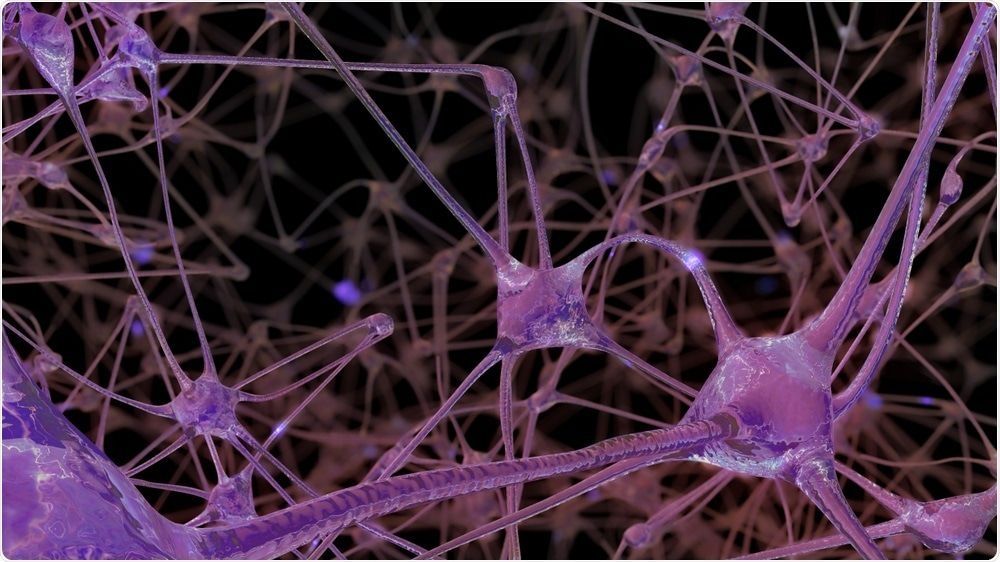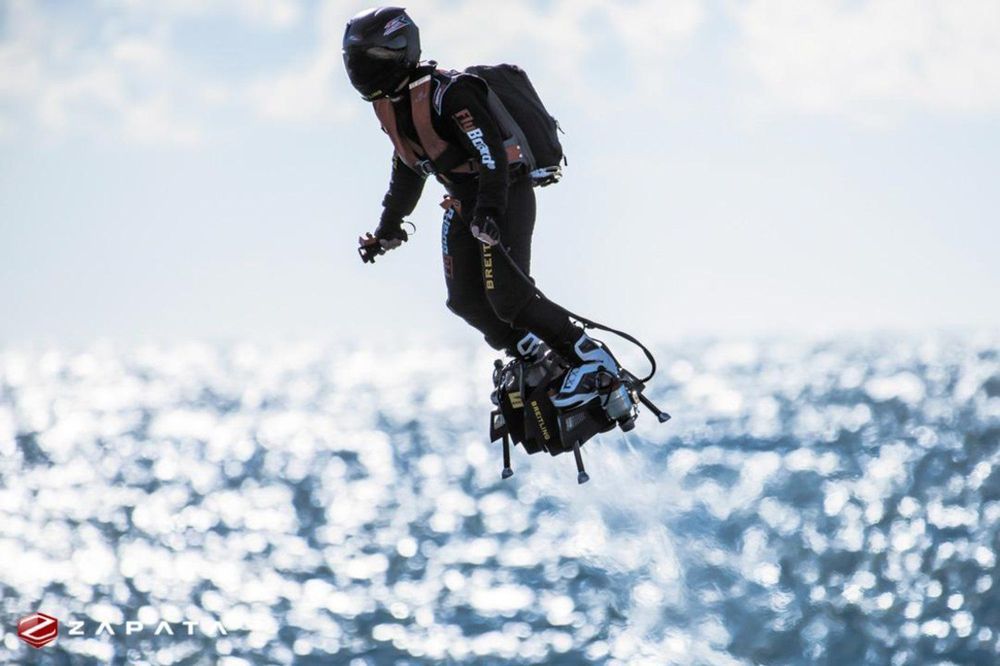Researchers at the University of Pennsylvania have made important progress in designing a drug that could recover brain function in cases of severe brain damage due to injury or diseases such as Alzheimer’s.




To create their glowing plants, engineers from the Massachusetts Institute of Technology (MIT) turned to an enzyme called luciferase.
Luciferase acts on a molecule called luciferin, causing it to emit light.
Another molecule called Co-enzyme A helps the process along by removing a reaction byproduct that can inhibit luciferase activity.





